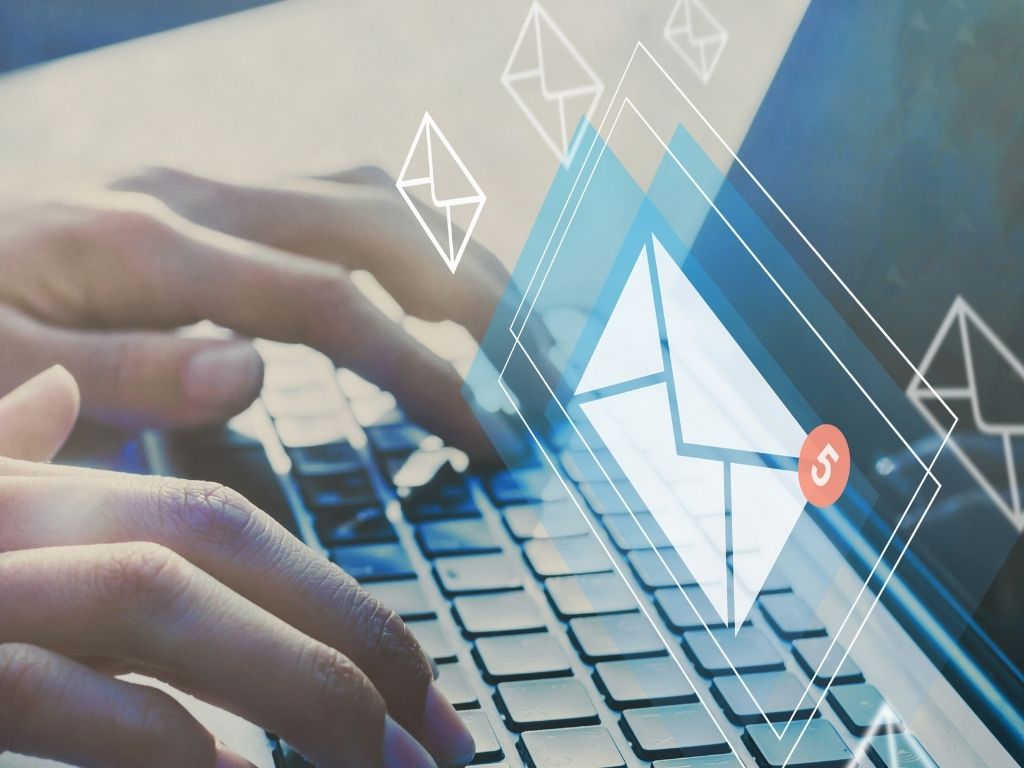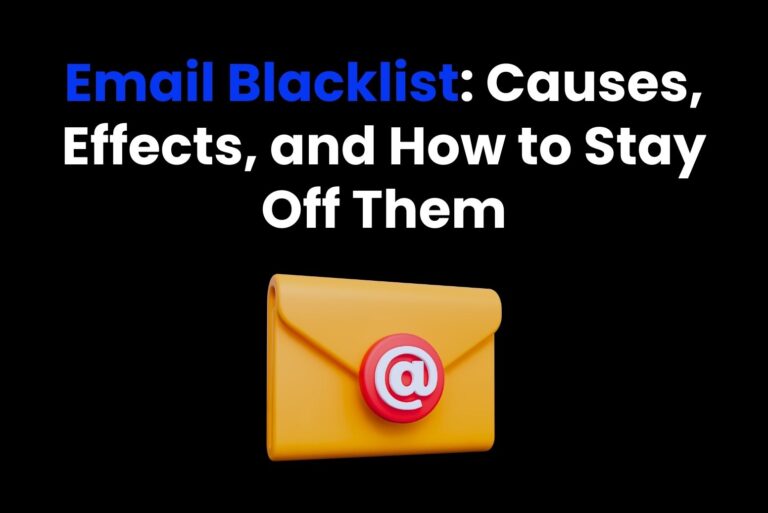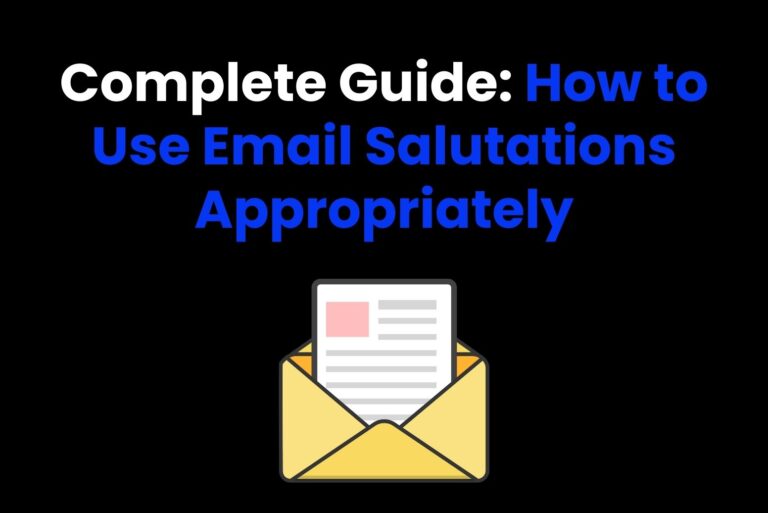How To Address Multiple People In An Email: Practices To Follow
Have you ever stared at the blinking cursor on your email draft and thought, how on earth do you greet all the people you’re emailing? Well, you’re not alone. Figuring out how to address multiple people in an email can feel like you’re solving a Rubik’s cube while blindfolded.
Do you list names or a generic greeting for all? Is “Hey all” too casual, and is “To Whom It May Concern” too cold? Relax; we’ve got you covered! In this article, we have compiled everything you need to know on how to address multiple people in an email so that you don’t sound like a robot. Let’s go write a winning email!

Why Knowing How to Address Multiple People In An Email Is Important
Imagine you’re walking into a room full of people and shouting, “Hi!” without making eye contact with anyone. Awkward, right? That’s what a poorly worded email greeting feels like. Getting the greeting right sets the tone for your email because it is your first impression of the recipient.
Whether you’re writing to clients, colleagues, or your neighbourhood book club, a well-crafted salutation shows that you’re a professional and that you care. Here’s why the right approach on how to address multiple people in an email is necessary:
First Impressions Really Do Count
Your opening sets the mood for your email. A polished, well-thought-out salutation shows that you’ve taken the time to address everyone properly. It makes you look professional, organized, and someone who respects the little details.
Inclusion Is Everything
Have you ever been in a group and felt ignored? Ouch, right? That’s how someone feels if their name or role isn’t mentioned in an email greeting. Including everyone in your email shows that you value them equally. If it’s a small team, listing names like “Hi Sarah, John, and Priya” makes it clear that you see and respect each individual. For larger groups, using “Hi Everyone” or “Dear Team” will help you keep things simple yet inclusive.
Avoiding Miscommunication (And Awkwardness)
Your email greeting helps clarify who you’re addressing and what tone you’re setting. Without it, people might get confused or misinterpret your intentions.
For Example:
- If you say, “Hi, Sarah and Team,” it’s clear Sarah is your main point of contact, and the rest are looped in for context.
- But if you only write “Hi Team,” Sarah might wonder if she’s responsible for replying or if someone else is.
See how clear it is that Sarah has to do the main work? (Poor Sarah!)

How to Address Multiple People In An Email – Different Approaches
Now it’s time for you to do the real work! Whether your audience is casual, formal, or somewhere in between, here’s how to address multiple people in an email:
The Formal Approach: “Dear”
When in doubt, go formal (yeah we just made this up). But really, “dear” is polite, professional, and works well for clients, managers, or anyone in authority. So, why not?
Examples:
- Dear Mr. Johnson, Ms. Blake, and Dr. Lee,
- Dear Marketing Team,
When to use it:
- Client proposals or pitches
- Formal introductions
- Academic or professional correspondence
Pro Tip: When listing names, always consider hierarchy. This means you should start with the highest-ranking person or the one most relevant to the email’s topic.

The Polished Yet Friendly: “Hi” Or “Hello”
This one strikes a perfect balance (doesn’t it?) “Hi” and “Hello” are professional but not stiff. This makes them ideal for internal communications or emails with familiar contacts.
Examples:
- Hi Team,
- Hello Sarah, Liam, and Emma,
When to use it:
- Team updates
- Informal meetings or planning emails
- Collaborations with known contacts
Pro Tip: Try adding the names of the people you’re talking to because names add a personal touch. “Hi Team” is good, but “Hi Sarah, Liam, and Team” is better, isn’t it? This is because it acknowledges key recipients and keeps things inclusive.
When in Doubt: Use “Everyone” Or “All”
When you’re addressing larger groups, a simple “Hi Everyone” or “Hello All” is a lifesaver. It’s versatile and efficient and so ideal when addressing people you don’t know personally.
Examples:
- Hi Everyone,
- Hello All,
When to use it:
- Department-wide announcements
- General updates
- When recipients have a shared purpose, like a project
Pro Tip: Avoid using this greeting for smaller groups like a group of 2-3 people because you can come across as impersonal. Mention names instead!
The “I Have No Clue Who You Are” Option: “To Whom It May Concern”
This old-school option is reserved for when you truly don’t know who’s on the other end. It’s a bit formal but perfect for generic inquiries.
Examples:
- To Whom It May Concern,
- Dear Customer Service Department,
When to use it:
- Cold emails
- Customer support queries
- Addressing departments rather than individuals
Pro Tip: Whenever possible, personalize this. For example, replace “To Whom It May Concern” with something more specific, like “Dear Hiring Manager.” So much better, right?
How To Handle CC And BCC Recipients In Emails?
CC and BCC might seem like small details in an email, but they’re actually pretty important. If you know how to use them well, your emails will look more professional, and everyone will understand what’s going on. Let’s talk about this in more detail.

What Does CC Mean?
CC stands for “carbon copy.” Think of it like sending a copy of your email to someone who doesn’t need to reply but should know what’s going on.
How To Greet When Using CC
When you CC someone, focus your greeting on the people who need to reply or take action. The people in the CC field are just there to stay in the loop, so you don’t need to call them out in your greeting.
For Example:
You’re emailing your boss, Alex, but you also want Jane and Peter, your colleagues, to see the email for awareness. Your email might look like this:
- Greeting:
Hi Alex, - Body:
I’ve CC’d Jane and Peter, so they’re aware of this update.
This keeps your email clear. Alex knows the email is mainly for them, and Jane and Peter understand they’re just there to observe.
What Does BCC Mean?
BCC stands for “blind carbon copy.” It’s like CC, but no one else can see who you’ve added in the BCC field. This is useful when you’re emailing a big group and don’t want to share everyone’s email addresses.
How to Greet When Using BCC
When using BCC, your greeting should be general. You don’t want to accidentally mention a hidden person.
Example:
If you’re sending an update to a group of clients and BCCing them, you can say:
- Greeting:
Hi Everyone, - Body:
Here’s the latest update on our project. Please feel free to reply if you have any questions.
This keeps things simple and avoids confusion about who else got the email.
When In Doubt, Get Help
If this all seems confusing to you, you can get help from Arvin AI, an AI-powered writing assistant. Let’s put it to the test:
- Go to Arvin AI’s website or click the link: https://arvin.chat/en/home?menu=chat

- Give Arvin AI all of your details, and ask him to generate an email for you. Let Arvin do its magic!

- Ask any other questions you may have in mind, or maybe ask Arvin to show you some writing strategies!

FAQS About How to Address Multiple People In An Email
Here are a few of the most frequently asked questions about how to address multiple people in an email:
What is the best salutation for a mass email?
The best salutation for a mass email is “Hello, Everyone” for a friendly and inclusive tone or “Dear All” for a more formal approach. If addressing a specific group, use something like “Hi Team”.
Should I list names in the greeting for large groups?
No, listing names for a large group can make the greeting look cluttered and impractical. For large groups, stick with something general like “Hi Everyone,” or “Hello Team,”
Is it okay to use humour in the salutation?
Humour can work if you know your audience well and the tone of the email allows for it. However, avoid humour in professional settings or when emailing people you don’t know well.
Can I use emojis in the salutation of an email?
If you’re in a friendly setting, it is fine to use emojis in the salutation of an email. However, if it is a formal setting, like a work email, it’s best to avoid using emojis.
Take Home Message
And now that you know how to address multiple people in an email, you’re ready to tackle any group email with confidence! Remember, the key is to keep it simple, respectful, and aligned with the tone of your message. And if you still don’t get it, ask Arvin AI to do your work! Get your emails written and proofread by Arvin AI, so that you can use your energy on something better! (Pro tip: Arvin gives great photo dump caption suggestions as well; you’re welcome!)





